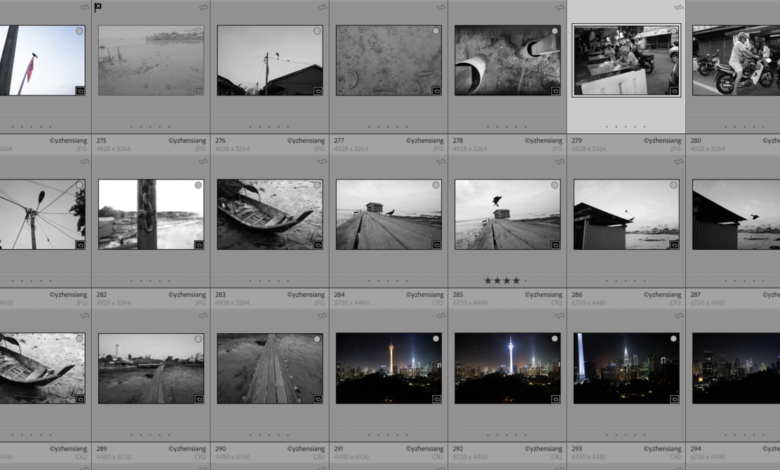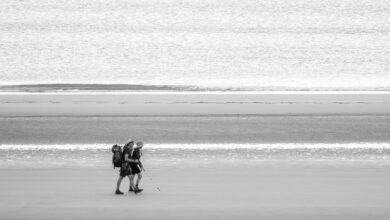Two suggested workflows for organizing your photos for each photo session

In the world of digital photography, our topics of discussion always revolve around equipment, software tips, and tips for getting better photos. But deeper down, we should know that the discipline of data management after each shoot is also extremely important. After all, what’s the point of editing and publishing if our photo files are mishandled?
That being said, how you manage your digital files during or after a shoot can significantly impact your productivity and final results. Whether you are a seasoned professional or an enthusiastic hobbyist, establishing an organized and standardized approach to processing your images during each photo shoot is extremely important. and will go a long way toward achieving consistency in your visual results. In this article, I’ll recommend two workflows that I’ve personally tried to streamline your post-shoot creative process and hopefully help you enhance your photography in the long run. It’s important to note that this method is an approach that sits on top of a systematic backup and file organization strategy.
Method 1: Continuous curation
Personally, I don’t like to delete anything from the camera right after shooting to reduce the time spent working with the camera. At the end of the shooting day, I’ll transfer all the photos to the main computer and do a first round of filtering to eliminate photos that might not work well when viewed on a larger screen. These filtered images will then be backed up to an external hard drive. This process is repeated if there are additional days of recording, starting with a new memory card while retaining the previous day’s backup. This iterative selection process continued throughout the shooting days, resulting in the collection of carefully selected original material at the end of each shooting day.
Moving on to post-processing, I will often work chronologically from start to finish, taking the time between shooting and making final decisions on images that go through fewer rounds of curation. I will make a final selection of all processed images based on their potential and quality after the processing stage. It’s important to note that I do not delete previously processed images, but instead, I use the rating function in Adobe Lightroom to rate different images and store them in a separate folder . This approach ensures that only images with real potential go through complete post-processing, effectively optimizing my workflow and the quality of my final output.
It’s important to note that this method is also built on a consistent folder structure with shoot dates and project names as a solid foundation. Then, within each main folder, categorize your images into corresponding subfolders, such as raw JPEGs, originals, exported images, and active project categories. You can also add naming conventions or tag metadata to enhance the searchability and ease of reference of your collection.
Method 2: Time-saving management
For those looking for a more efficient and time-saving approach, I recommend skipping the continuous image culling process in method one. Therefore, the typical procedure for method two is to start the shooting day with a new memory card, then back up all of the day’s content while using the new card for the next day. At the end of a multi-day shoot, you should have multiple cards containing all the images you took, along with a backup on your computer so you can use the rating system in software like Adobe Lightroom. to rate the images accordingly. At the end of the rating, you will hopefully get the desired number of images at the highest rating, for example, 4 or 5 stars. Then process them in order from most stars to least stars. The advantage of this method would be the total time required, the disadvantage would be that your target from capture to removal is less clear because you will be removing and looking at your images less.

Conclusion
Implementing a structured workflow to process your images after each shoot goes beyond file organization as it allows you to achieve greater clarity in your shooting goals for confidence develop your creativity. As technology continues to advance, we should keep up with the latest advancements and tools that can further optimize our photography experience and continually reflect on our current post-production workflow, and consider incorporating elements from these recommended workflows to improve efficiency, productivity, and creativity.
How do you currently process your photos after they’ve been captured, and what improvements do you plan to integrate into your workflow following current advances with cloud services? Share your thoughts and experiences, and let’s continue perfecting our post-shoot processes together.




